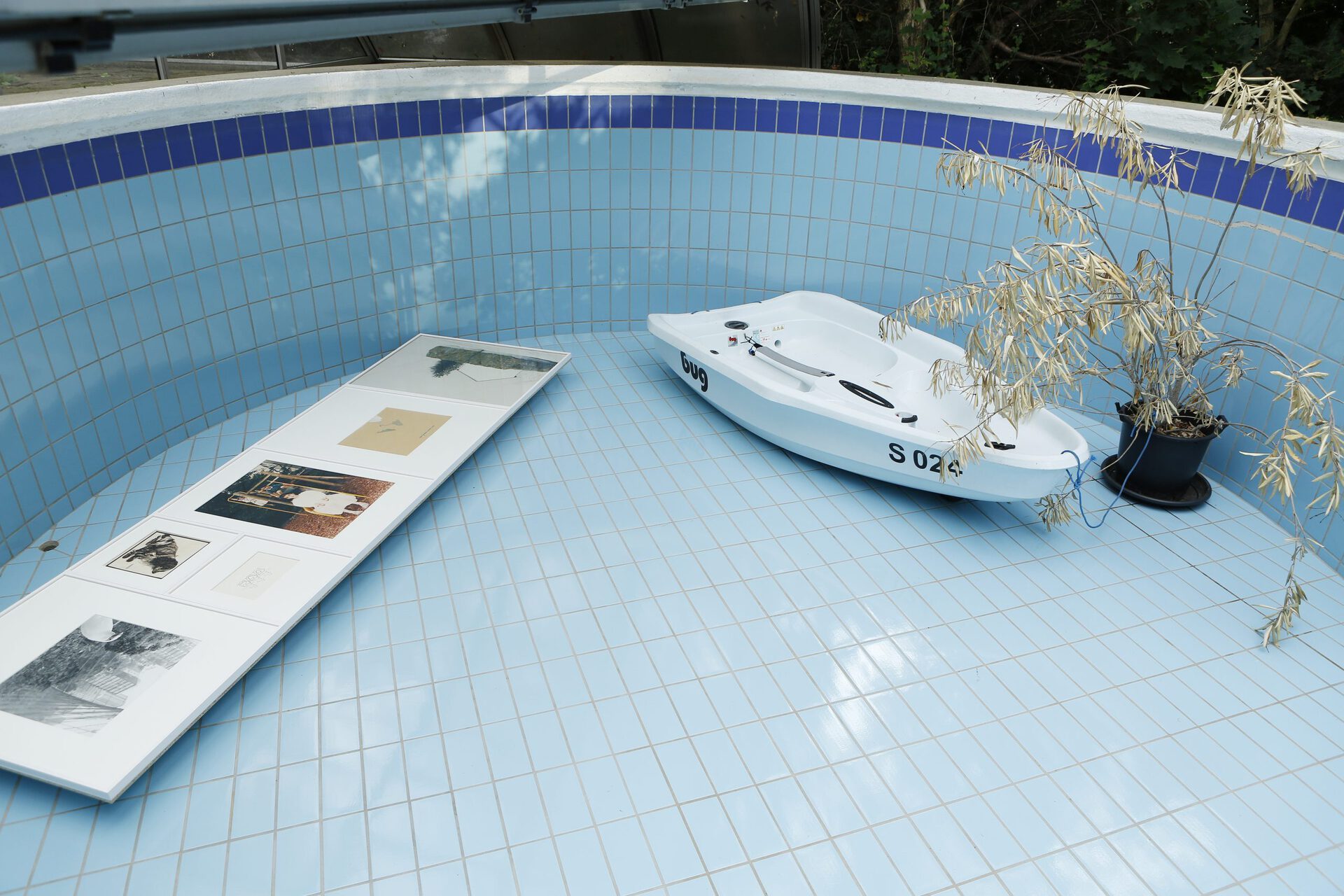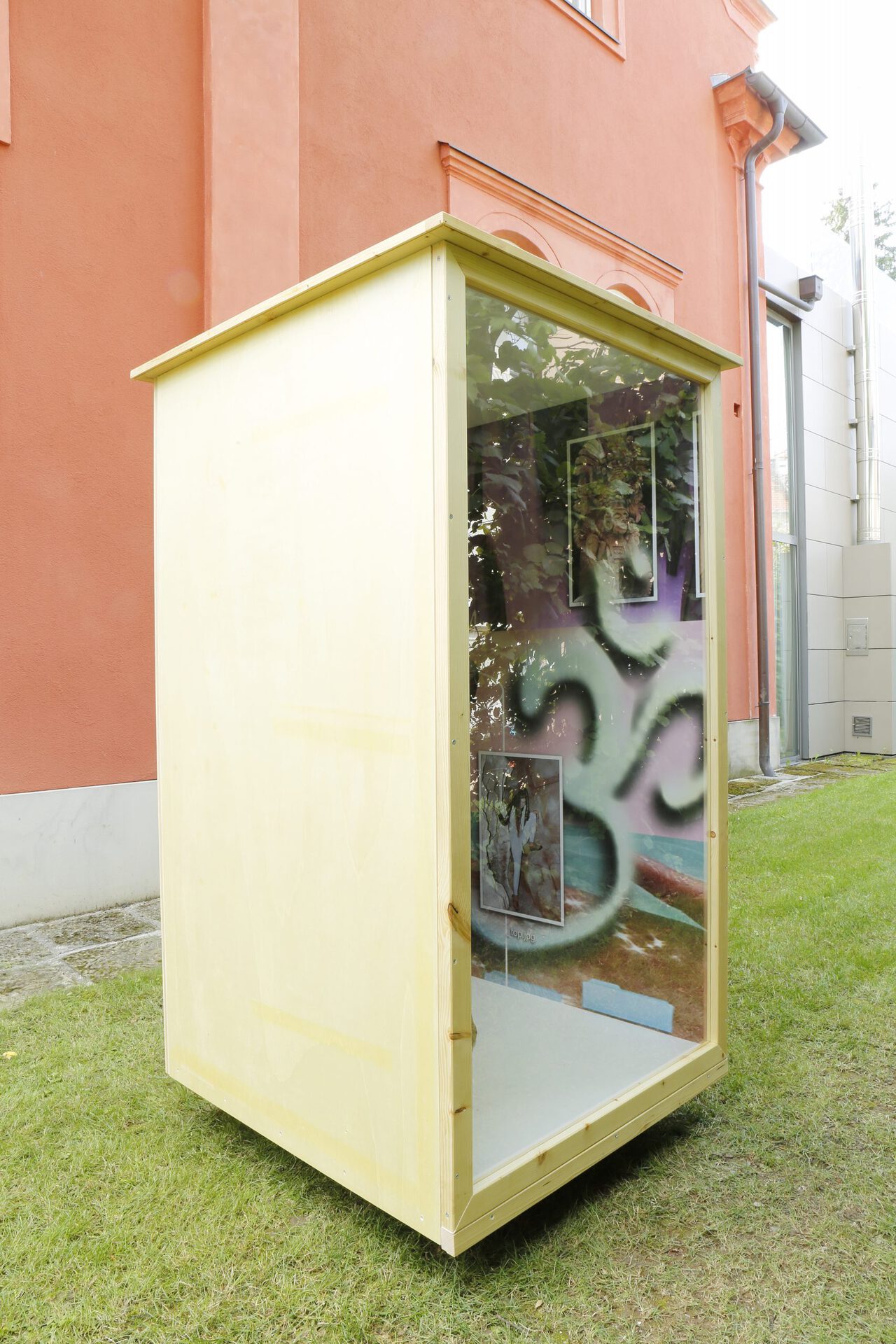Archive
2021
KubaParis
Abriss:: Alfredo Barsuglia and the collection of the city of Graz




Location
Geidorf, GrazDate
26.08 –25.09.2021Curator
Birgit Kulterer and Markus WaitschacherPhotography
Alfredo BarsugliaSubheadline
Curators Birgit Kulterer and Markus Waitschacher invited artist Alfredo Barsuglia to create an exhibition and make the collection of the city of Graz accessible to the public. His art project is entitled “Abriss” and shows a compendium, a selection of the extensive art collection in Geidorf, an elegant district of Graz. The art is not exhibited in museums or galleries, but in garages, gazebos and swimming pools of private homes that have been specifically adjusted for the purpose of presenting pieces of art.Text
The Art Collection of the City of Graz does not just tell one story – it tells many. And fortunately (almost) nothing is demolished, as would be suggested by the German title “Abriss” which has several meanings: one is “demolition”, another one is “compendium”.
And this is precisely what Alfredo Barsuglia’s “Abriss” refers to: a section, a brief summary. The artist chose a selection of artworks from the depot to show them at five locations in the district where he grew up. Together with the hosts – families from the neighbourhood – he opens private rooms that are not actually places for (the exhibition of) art and in doing so, he inspires dialogue and prompts new relationships: between the places and art, between the pieces of art, and ultimately between art, the city and us.
The Graz Art Collection currently includes more than 3,300 pieces of art that are very popular with the employees of municipal institutions who regularly borrow them for their offices. Every year, the Collection buys works from artists who have a connection to Graz. It has always been the intention of the Collection to map the current art scene of Graz. At the same time it has always been dedicated to promoting artists at the be- ginning of their career, or supporting them later when they hit a rough patch. The artwork is also loaned to exhibition halls, but the collection itself in all its diversity has never been presented in public or made the subject of research of art-historic or artistic research.
Birgit Kulterer and Markus Waitschacher